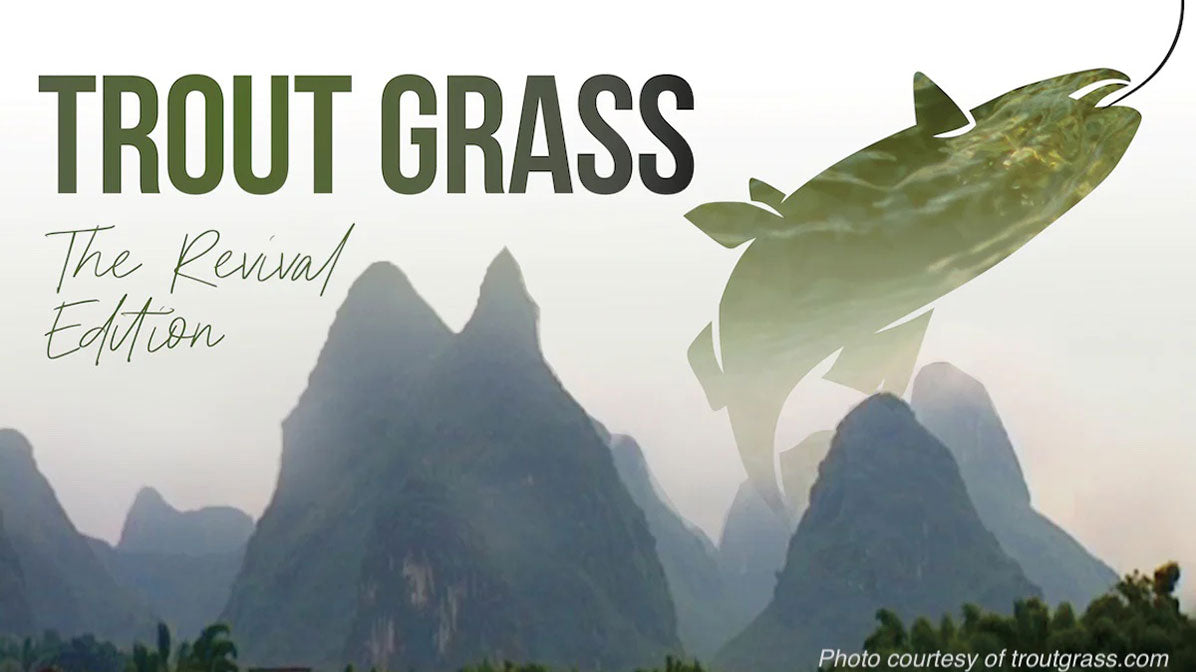Are Fresh Water Fish Safe To Eat? A Marylander’s Perspective.

Forever Chemicals in Freshwater Fish
A recent study highlighted in The Hill reveals a concerning correlation: consuming just one annual serving of freshwater fish equates to ingesting water severely tainted with "forever chemicals" for an entire month. These persistent pollutants, known as per- and polyfluorinated substances (PFAS), have permeated locally caught freshwater fish, as scrutinized in a nationwide study of 501 fish fillet samples. PFOS, a phased-out yet persistent compound, dominated these findings, raising concerns about potential health risks for communities relying on freshwater fish. The study's revelation spotlights an environmental justice issue, urging federal guidance and action to safeguard affected communities. As the angling community grapples with these revelations, the study emphasizes the need for both angler guidance and concerted efforts to address this pressing environmental concern.
In addition, The Guardian, CNN, National Geographic, Environmental Health News, Scientific American, Reuters, NPR (National Public Radio), and The New York Times have extensively covered the issue of PFAS contamination in freshwater fish. Scientific insights from Environmental Research, a recognized scientific journal, further contribute to a comprehensive understanding of the widespread concern surrounding PFAS in aquatic ecosystems and its potential ramifications. This diverse array of sources enhances the collective awareness of the pervasive issue of PFAS contamination and its impact on freshwater environments.
What are PFAS?
PFAS, or per- and polyfluoroalkyl substances, are a group of human-made chemicals that have been widely used in various industrial and consumer products since the 1940s. They are known for their unique water- and grease-resistant properties, making them valuable in applications like firefighting foam, non-stick cookware, water-repellent outdoor gear, food packaging, and more. The PFAS family includes thousands of different compounds, with perfluorooctanoic acid (PFOA) and perfluorooctane sulfonate (PFOS) being among the most studied.

Why They are a Problem
One of the key concerns with PFAS is their persistence in the environment and the human body. These chemicals are often referred to as "forever chemicals" because they do not break down easily, accumulating over time. PFAS have been detected in air, water, soil, wildlife, and human blood samples globally.
Exposure to PFAS has been associated with various health concerns, including developmental effects, liver damage, immune system disruption, and an increased risk of certain cancers. Due to their widespread use and potential health risks, there has been growing regulatory and public attention to limit and manage the presence of PFAS in various products and the environment.
Where have PFAS in Freshwater Fish Been Found?
Freshwater fish in various regions of the United States have been found to contain PFAS contamination. Notably, Michigan, with its industrial history, has been a focal point of PFAS investigations, revealing elevated levels in fish from lakes and rivers. Similarly, North Carolina, Minnesota, Wisconsin, New Jersey, and Ohio have reported PFAS contamination in freshwater fish, particularly in areas associated with industrial activities or the use of PFAS-containing materials like firefighting foam. Ongoing research and monitoring efforts continue to uncover new instances of PFAS in fish, emphasizing the widespread nature of this environmental concern.
My Take and Why I'll Continue Enjoying Freshwater Fish
How did I come to this conclusion? For one, It's worth noting that the study didn't focus on my local waters, and I predominantly fish in rivers, where contaminants are less likely to accumulate. That said, If I lived near and fished the Great Lakes I might see things a little differently. Additionally, I practice catch-and-release most of the time, only harvesting a modest amount, primarily because my Favorite Girl enjoys fresh fish. That said, I'm also not delusional to the fact that we've negatively impacted our environment, considering the abundance of evidence. And as a conscientious angler, I was already aware of fish contamination issues, like mercury in larger saltwater fish like tuna and swordfish. So, I'll be selective about where I catch fish, avoiding industrial areas and adhering to Maryland guidelines on fish preparation to minimize PFAS ingestion. And I'll be referencing sites like https://mdewin64.mde.state.md.us/WSA/FCA/index.html to do so.
In addition, my harvesting primarily targets invasive species, such as stocked trout and snakeheads. The former, grown in controlled fisheries and released into rivers, helps manage native species and I would assume to be less contaminated as they are grown in captivity. The latter, an invasive import from China, warrants culling for ecological reasons and happen to be delicious.
In light of these considerations, I recognize the environmental challenges but choose to enjoy freshwater fish moderately and selectively, mindful of their source and preparation. This aligns with a timeless quote often attributed to Ben Franklin: "Everything in moderation, even moderation itself." As I navigate the evolving landscape of environmental concerns, I find a balanced approach to consuming freshwater fish remains the most enjoyable and sustainable route to take.



